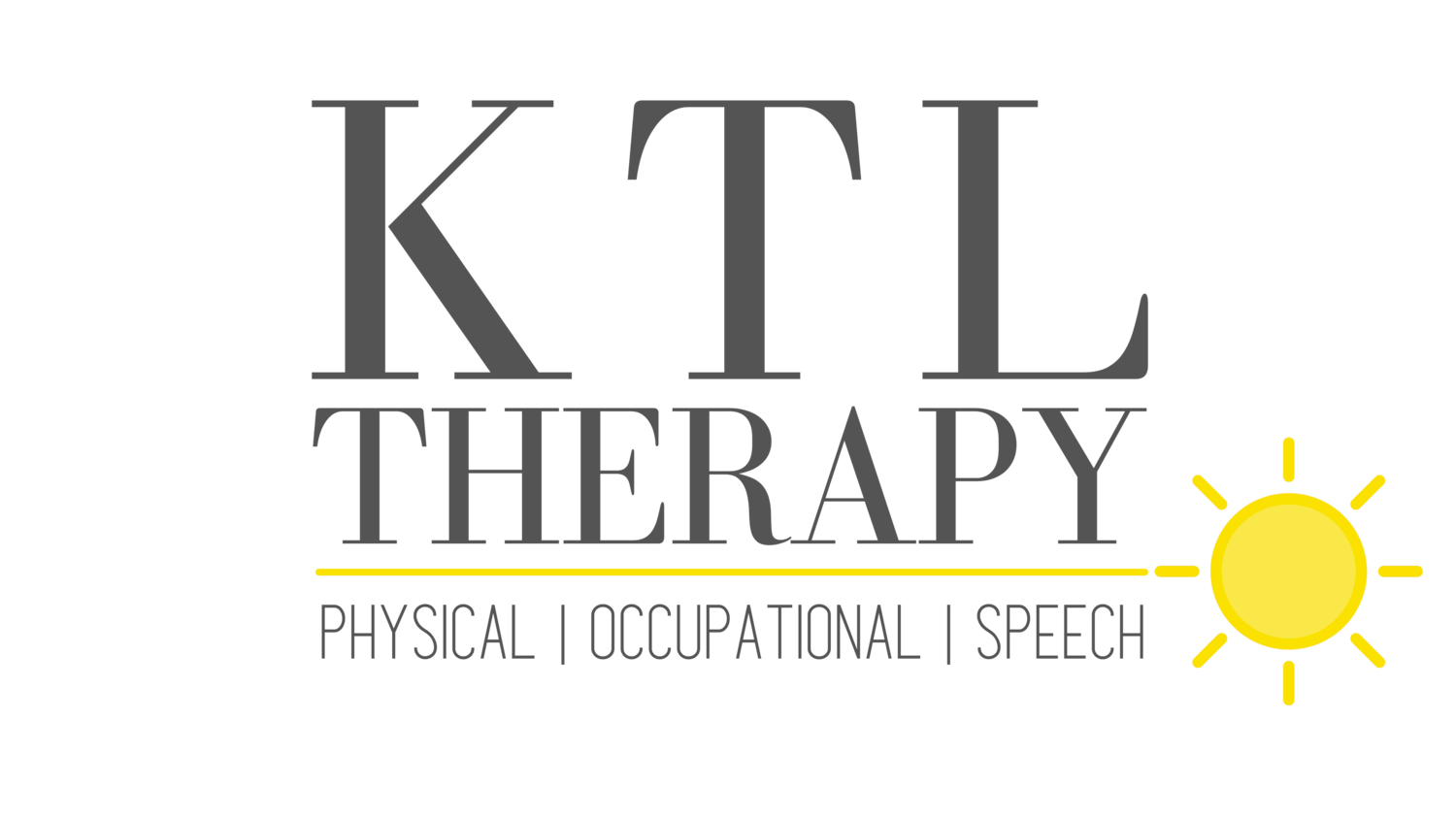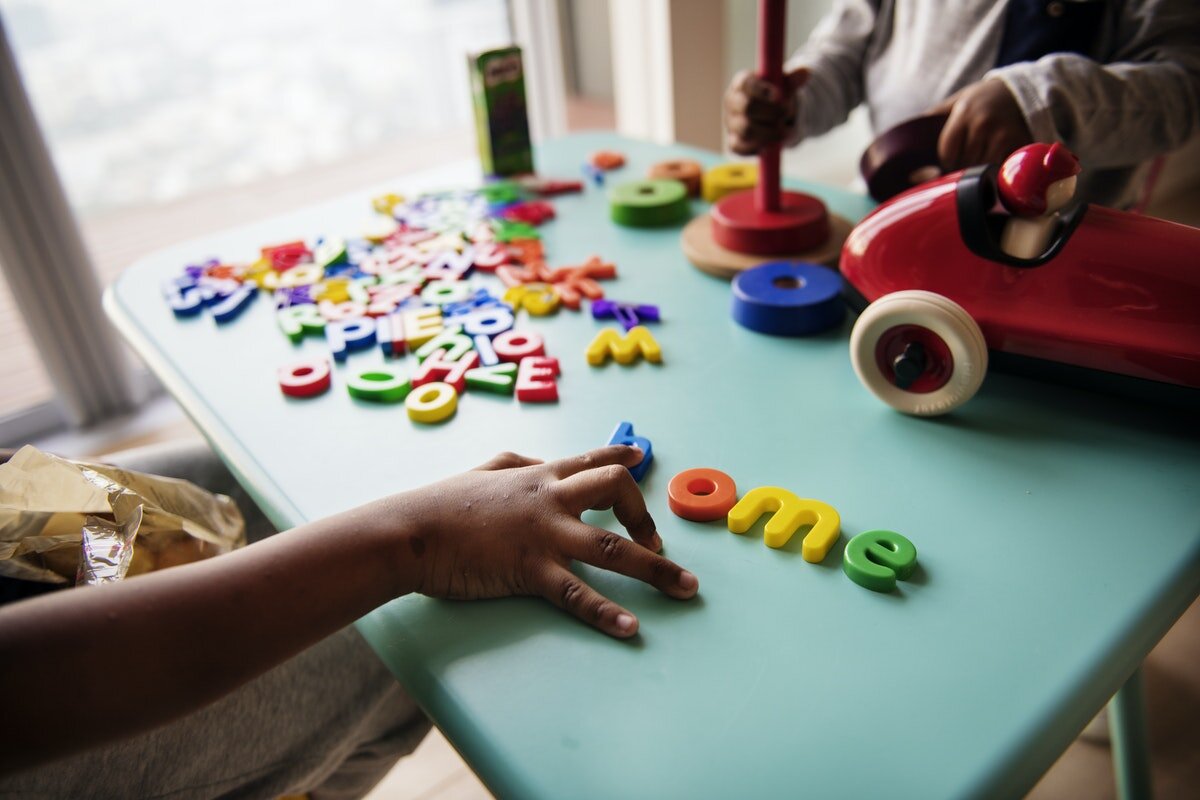Working with Your Child on the S Sound
Did you know that many young children have difficulty with the S sound?
While it is a common sound error, most children can correctly produce the S sound by the age of five. If you are worried about your child’s speech you may need to consult with a speech and language pathologist. In the meantime, here are some tips for teaching your child how to correctly produce the S sound.
TIPS
To correctly produce the S sound the front teeth are slightly closed in a natural bite position and the lips are parted as if you are smiling.
Place a mirror in front of your child so that she can see this. The sides of the tongue are lifted against the upper side teeth as though you are making the E sound.
The tip of the tongue is placed behind your front teeth by the ridgey part on the roof of the mouth. Air must be able to get through the space between the tongue and the roof of the mouth. There can be some variation regarding the position of the tip of the tongue.
If your child is making a whistle sound with the S have her lower the tongue tip to the middle or down below the teeth. The tongue tip could also be placed behind the lower front teeth especially if a child is missing her top front teeth.
The tongue tip could also be placed in the middle of the mouth. If your child is making a TH instead of an S sound make sure the tongue tip is inside the mouth and away from her teeth. Next, the tongue should form a groove down the middle like a trough. This is where the air is focused in a continuous breath. The vocal cords do not move or vibrate when making the S sound.
Imitation is a great way to teach a new speech sound such as the S.
With imitation, the child copies the speech sound that is produced. For example, you make the S sound and the child attempts this sound.
You can also demonstrate the difference between a correct S sound and the sound that she is producing. Let her identify when it is a correct S sound or an S sound in error. This can easily be accomplished while playing a game.
You can also show the child where to place her lips and tongues to make the S sound. You could show her a video, diagram or your own mouth. In addition, ask your child to pay attention to how her tongue feels in these different positions.
If your child is making a “slushy” or lateral S sound this means that the air stream is directed to the sides of the mouth instead of down the center of the tongue. This is a difficult error to correct as the child needs to essentially change the position of her tongue within her mouth. The child is likely retracting her lips and tongue which allows the air to seep over the sides of the tongue. This escaped air volume creates the slushy sound. Instead the child needs to build a central air flow and stop the air from escaping around the sides. This can be achieved by having the child feel for the bumpy ridge just behind the top teeth. The child must then slightly pucker her lips. This will block any outgoing air stream and thrust the tongue forward. Instruct the child to lower her tongue tip a little to allow the air through. An accurate S should occur.
If a child is making a T or D sound instead of an S then she is making the long sound short. To help remove the stop have the child add the H after she says the S sound. It should sound like SSSSS + hun or S + hope and S + he. You can also demonstrate the hissing sound by holding a feather or piece of paper in front of your mouth while you make the S sound. You can run your finger down your arm or the child’s arm to demonstrate the length of the sound.
It is also important that you have your child’s hearing screened at school or by a doctor when sound errors are detected. On rare occasions, there could be a hearing loss that affects speech sound production.
Keep Sessions Short
Try to keep the practice fun and relaxed! Don’t continue to practice the incorrect speech sound. If you need help, reach out to one of our qualified speech-language pathologists at KTL Therapy.


